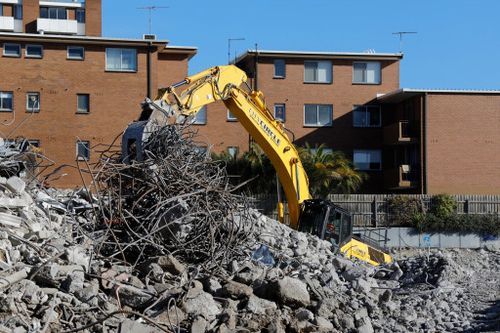The blue ammonia produced at OCI’s Texas Blue ammonia plant will garner the same carbon intensity scores under CBAM as green ammonia when the facility’s compressors run on renewable electricity.
The facility, which is expected to begin operations next year, would capture the same economic benefit under CBAM as green ammonia – but at a lower cost – since Europe’s levy on carbon emissions for certain imported products only includes scope one and two emissions, OCI CEO Ahmed El-Hoshy said today.
“Under the Carbon Border Adjustment Mechanism, or CBAM, our greenfield ammonia plant will capture effectively the same economic benefit as green ammonia, but at materially lower cost, making this greenfield blue ammonia the most cost-competitive product for low-carbon ammonia today,” he said.
The bulk of blue ammonia carbon emissions are due to the upstream methane slip for natural gas that’s being consumed – considered scope three emissions, he added.
“Therefore, if OCI’s blue ammonia were to be made with renewable electricity, as is currently contemplated, the CO2 footprint focusing on just scope 1 and scope 2 would give it a CBAM threshold almost equivalent to green ammonia.”
The executive has previously detailed his belief that the implementation of CBAM starting in 2026 will provide an avenue for a structural premium for blue ammonia products. OCI’s Texas blue ammonia facility and other assets are part of a re-launched strategic review process being led by Morgan Stanley.
El-Hoshy went on to detail his expectations for sources of demand for ammonia in the US and Europe as well as Asia and for marine fuels. He added that the recently published guidance for sustainable aviation fuel in the US could provide additional demand pull.
“For the first time in any federal and state biofuel program, climate smart agricultural practices including the use of sustainable fertilizers are now included as a lever to to lower the carbon intensity of sustainable aviation fuel and creative value,” he said. “This guidance to properly include low carbon fertilizers will potentially provide significant regulatory value for low carbon ammonia and materially benefit OCI on domestic low carbon sales over time.”






